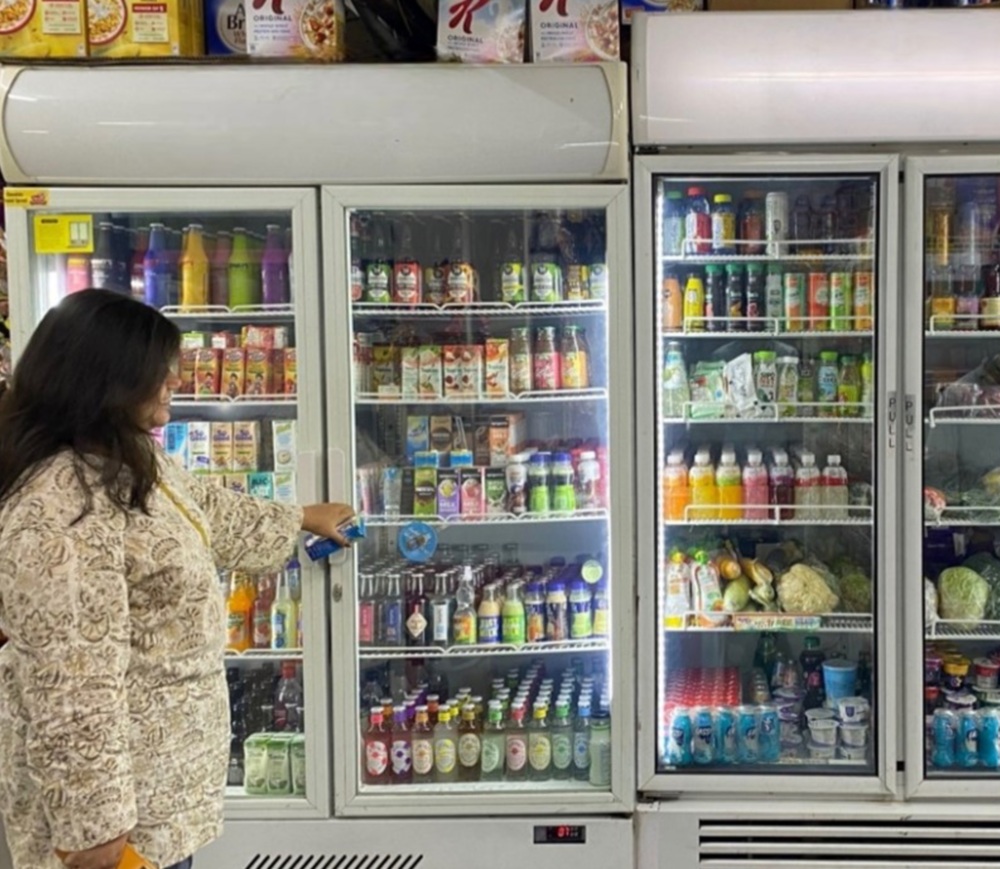Ex-post Impact Evaluations of Appliance Standards and Labeling Programs: A Global Review of Current Practices and Lessons Learned
Summary
Download Report
Fill out the form below to activate file downloads
Energy efficiency standards and labeling (S&L) programs have been proven as a cost-effective and impactful way for policymakers to reduce energy consumption and CO₂ emissions. Developing a plan to assess the impacts of these programs is a key component that needs to be integrated into the program from inception. Oftentimes an ex-ante analysis estimates the potential energy, CO₂, and cost savings as part of the policy development process. This type of analysis can help policymakers to prioritize products and to justify regulations to other stakeholders.
This paper reviews the methodologies and approaches employed in ex-post impact evaluations of S&L programs in Australia, China, the EU, India, Mexico, and the US. It discusses approaches to common challenges including resource constraints, data availability, and setting the baseline. The paper also draws out key lessons learned and recommendations for criteria that can be evaluated and data that should be gathered to support the development of a program evaluation when an S&L policy is implemented. These recommendations will help policymakers to establish key indicators that should be measured be fore and after program implementation, and mechanisms to collect relevant data, in order to facilitate the ex-post evaluation of policy impacts.









